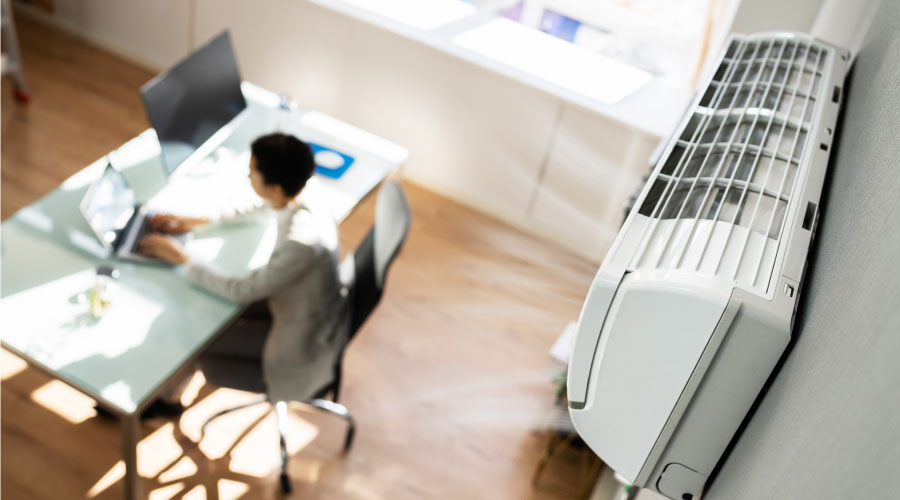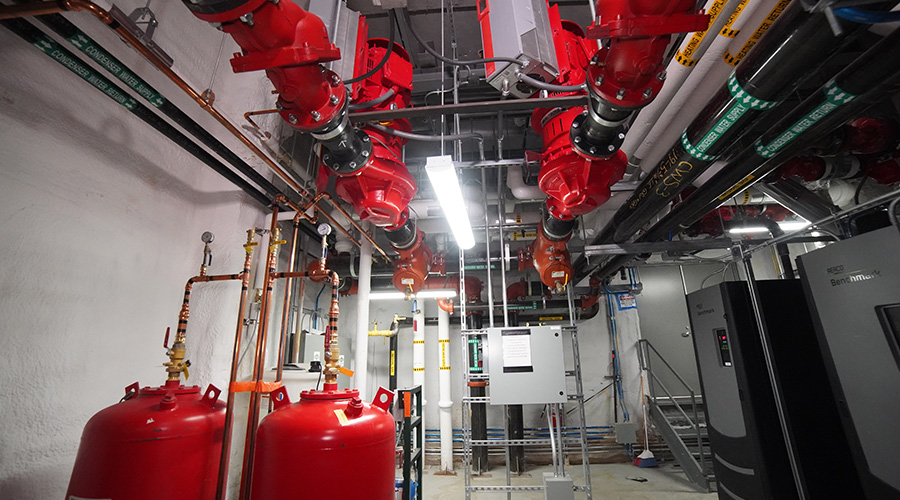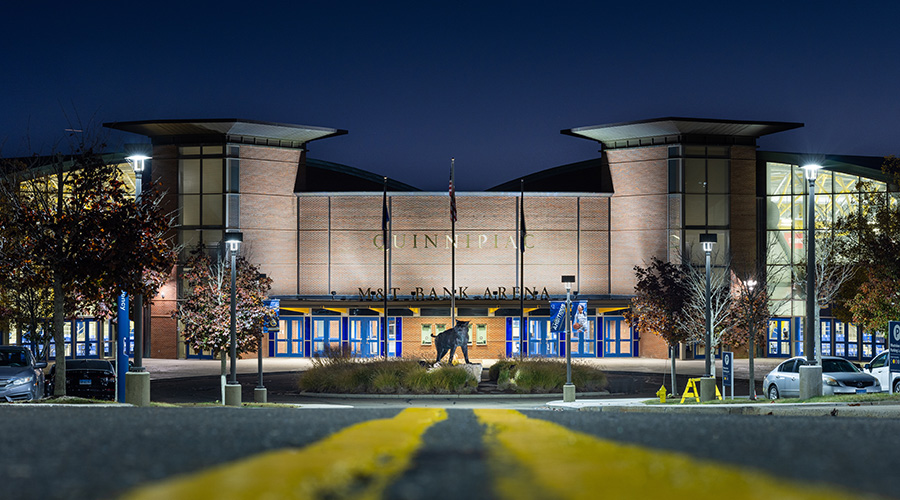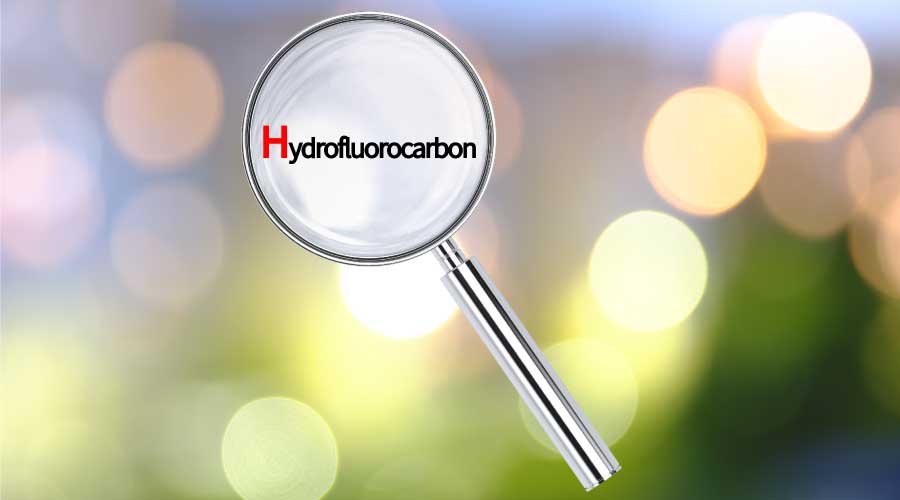Economizers, Heat Recovery Can Help Reduce Demands On HVAC Systems
Depending on the climate and system, waterside economizers and airside heat recovery or enthalpy wheels should be analyzed to determine the impact on energy reduction and pay back economizer cycle. Buildings with demand control ventilation and properly controlled economizers can provide for free cooling and reduce energy use anywhere from 400 to 2,000 hours of heating/cooling a year depending on the climate condition and application or building type. For example, when it's 55 degrees F outside and the humidity is lower than the return air, as much as 100 percent outside air can be introduced into the building for cooling purposes, while the chiller compressors are off or in standby mode. Once dampers bring the outside air in, it is filtered and then distributed throughout the building by the existing ductwork. Room temperature and humidity sensors monitor space temperature and humidity levels in the building and carbon dioxide sensors measure an element of indoor air quality. When the humidity and temperature set points are not maintained, partial to full cooling/heating will take place by conditioning the air, including dehumidification and humidification in some applications.
An economizer cycle will feature the following components:
- DDC control system. While some older buildings may still have pneumatic controls, it is time to move to today's more efficient, standard DDC controls during an HVAC upgrade. DDC controls of-fer precision and flexibility that can be monitored locally or remotely on the Web.
- Carbon dioxide monitors. These are essential to reduce energy use while maintaining appropriate indoor air quality.
- Motorized dampers with electrical or electronic actuators. These will ensure that the building's outside air is properly controlled.
- Heat recovery. A heat recovery system is essentially a heat exchanger, harvesting the energy from wasted heat or air that will be rejected or exhausted to the outside. For example, exhaust air leaving a hotel high rise on a 24/7 basis could be as hot as 70 or 80 degrees F. Recovering this energy and preheating the make up outside air can translate into a significant energy savings and reduction in operating costs.
Beyond specifying the right systems and equipment, it's critical to hire a third party commissioning agent and implement an appropriate annual maintenance program to ensure the on-going success of the HVAC upgrade. Ideally, the commissioning agent will be on board as early as the project's design phase, but at a minimum, must oversee the testing of the HVAC system's installation. Make sure the design engineers have detailed a maintenance program that specifies a plan for both new pieces of equipment and the HVAC system as a whole. This is particularly crucial for upgrades where both new and existing equipment are working in tandem, a scenario that can demand unique maintenance requirements.
Charbel Farah is a vice president in Syska Hennessy Group's Los Angeles office, specializing in built environment and HVAC systems.
Related Topics:















